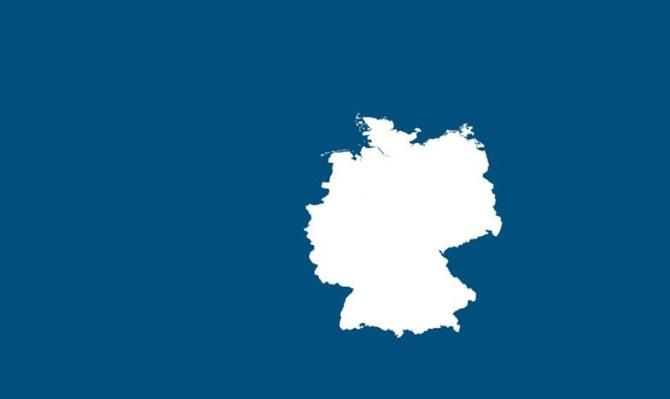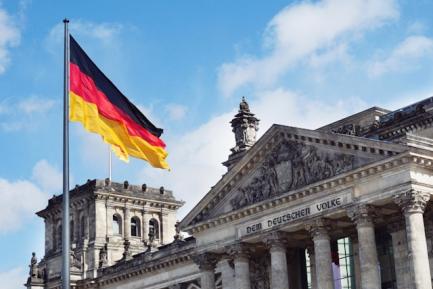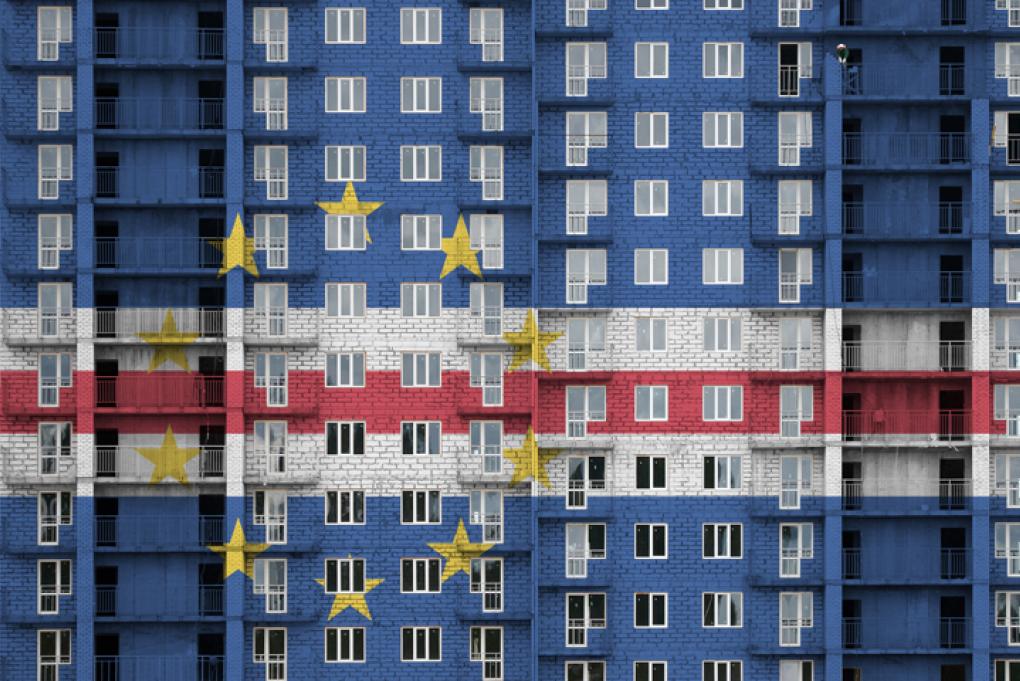
Germany
The German economy is heading towards another year of weak growth. During the first half of the year, the pace of the economy was very volatile, shaped by decisions made in anticipation of the impact of Trump's tariffs.
| Forecasts | ||||||||
|---|---|---|---|---|---|---|---|---|
| 2020 | 2021 | 2022 | 2023 | 2024 | 2025 | 2026 | 2027 | |
| GDP growth (%) | -4.5 | 3.9 | 1.9 | -0.7 | -0.5 | 0.2 | 1.1 | 1.7 |
| CPI inflation (%)* | 0.4 | 3.2 | 8.7 | 6.0 | 2.5 | 2.2 | 2.1 | 1.9 |
| Fiscal balance (% of GDP) | -4.4 | -3.2 | -2.1 | -1.9 | -2.8 | -2.5 | -3.4 | -4.0 |
| Primary fiscal balance (% of GDP) | 1.9 | -3.9 | -2.7 | -1.3 | -1.9 | -1.6 | -2.4 | -2.9 |
| Public debt (% of GDP) | 68.1 | 68.1 | 65.0 | 64.4 | 62.4 | 64.4 | 66.0 | 67.8 |
| Reference rate (depo) (%)* | -0.5 | -0.5 | 0.1 | 3.3 | 3.7 | 2.2 | 2.0 | 2.0 |
| Exchange rate (EUR/USD) | 1.14 | 1.18 | 1.05 | 1.08 | 1.08 | 1.14 | 1.20 | --- |
| Current balance (% of GDP) | 6.4 | 6.3 | 6.9 | 3.8 | 5.5 | 5.4 | 5.1 | --- |
Notes: * Annual average. CaixaBank Research forecast for GDP, CPI, interest rates and exchange rates. All others from the IMF. Source: CaixaBank Research, based on data from AMECO, the IMF, Destatis and the ECB (via Refinitiv). {Prev} | ||||||||
Outlook
The German economy is heading towards another year of weak growth. During the first half of the year, the pace of the economy was very volatile, shaped by decisions made in anticipation of the impact of Trump's tariffs. GDP grew by a remarkable 0.3% quarter-on-quarter in Q1, thanks to an unexpected boost from exports, which “deflated” notably in Q2, dragging down the economy as a whole (–0.2%). GDP figures in Q3 2025 highlighted the challenges that Germany is facing to recover its growth rate, revealing a stagnant economy, with falling exports dampening the incipient upturn in investments in capital goods.
Rising growth rates in activity, albeit still modest, will not be seen until the final quarter of the year, in line with the improvements recorded for the main business climate and sentiment indicators in Q4. This improved outlook signals that the effects of the substantial fiscal stimulus approved for the coming years may finally start to be felt in activity in the coming quarters. Hardly any momentum has been felt until now, as the 2025 budgets were only approved in early October. Against this backdrop of a weak economy, inflation remains fairly subdued at around 2%, stability that we expect to continue to provide some support to private consumption.
Historically large fiscal stimulus. In 2026, the euro area will apply tighter fiscal policies due to the return to fiscal rules, but Germany will be the exception. The government has announced that it will be implementing an ambitious infrastructure investment plan worth 500 billion euros over 12 years (almost 12% of GDP in 2024) and has pledged to increase its defence spending to 3.5% of GDP by 2029 (currently 2.0%). These measures are projected to contribute between 0.2 and 0.4 pp of annual growth up to 2027, and the government is confident that GDP growth can be stabilised at around 1% thereafter, still short of its pre-pandemic long-term average growth rate (1.5%). In order to achieve sustained growth, the German government has launched a structural reform agenda aimed at making the job market more flexible and cutting red tape, among other things.
Implementing these plans was made possible by the amendment, in March 2025, to the constitutional “debt brake” rule, which had been in place since 2009. Specifically, it was approved that investments funded from the investment fund and all defence spending above 1.0% of GDP would be excluded from its calculation. The budget for 2025, approved at the end of September, already marks a clear expansionary shift, as it includes an increase in spending of almost 8.0%. However, this will be difficult to achieve and much of it will be carried over to 2026. In our view, fiscal policy will be fairly expansionary over the next two years and will push the fiscal deficit to around 4.0% of GDP from 2027 onwards, with public debt standing at almost 74% of GDP in 2030, up from 64.4% in 2024, according to the IMF.
Economic impact of tariffs. Germany is one of the euro area economies that is most exposed to the tariffs imposed by the Trump administration. Over 5.0% of all German exports go to the US, which means that almost 3.7% of Germany's gross value added (GVA) is generated by US demand, with the pharmaceutical and automotive sectors being particularly exposed. Overall, we estimate that for every 10 pp increase in tariffs, German growth could be cut by almost 0.3 pp.
Risks
We believe that the balance of risks to the German economy is skewed to the downside. The main risks include:
- Lower fiscal stimulus than expected. In the short term, it is possible that the investment agenda being rolled out for both infrastructure and defence will be smaller than initially planned. Furthermore, the government's decision to transfer projects that were originally included in the normal budget to the special investment funds is raising doubts about fiscal management. Moreover, the shortage of skilled labour may present an obstacle to accelerating the implementation of investments.
- A premature return to fiscal austerity could dampen growth. The government has signalled that, from 2027, it will be necessary to resume fiscal consolidation in non-defence and non-investment spending in order to rein in long-term debt ratios. In fact, between 2027 and 2029, they envisage a cumulative adjustment that is equivalent to around 4.0% of GDP in 2024.
- Highly export-oriented economy. The current trade war and China's marked shift from being an export destination to becoming a competitor for certain key products for the German economy (such as motor vehicle manufacturing) pose a significant challenge. One of the ways to overcome this is to refocus a significant part of its industrial capacity on military production in order to achieve its defence objectives while reducing its reliance on defence imports.
Sovereign credit rating
| Rating agency | Rating* | Last changed | Outlook | Last changed |
|---|---|---|---|---|
 | 13/01/12 | Stable | 13/01/12 | |
 | 29/04/93 | Stable | 28/02/14 | |
 | 10/08/94 | Stable | 06/11/07 | |
| investment gradeSpeculative grade | ||||


